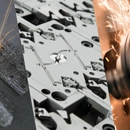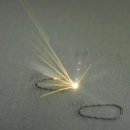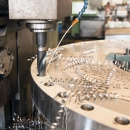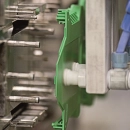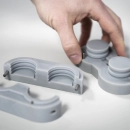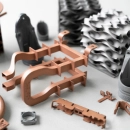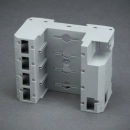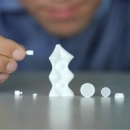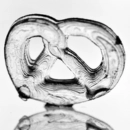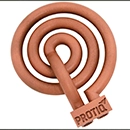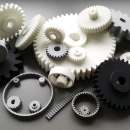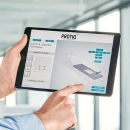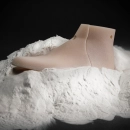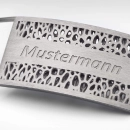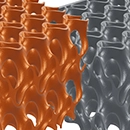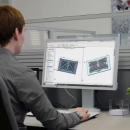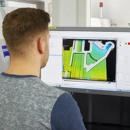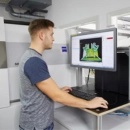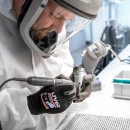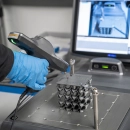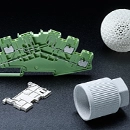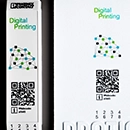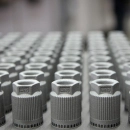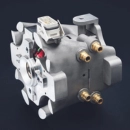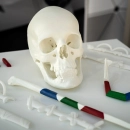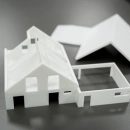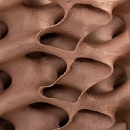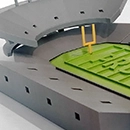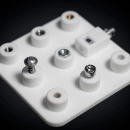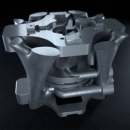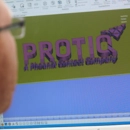Process selection
The decision between 3D printing and conventional manufacturing is a key aspect of production strategy that depends on various factors. 3D printing offers significant advantages in the production of complex and individual geometries that are difficult to realize with traditional methods. This technology is therefore particularly suitable for prototype development, small series production and projects that require rapid customization. Design flexibility is a key advantage of 3D printing, as changes can easily be made to the digital model without having to change the production tools. This makes 3D printing ideal for innovative product developments that require fast iteration processes.
Conventional manufacturing methods such as injection molding or CNC machining, on the other hand, offer economies of scale and are often more cost-effective for mass production of large quantities. These processes are ideal for established products with stable demand, as they enable production at a low unit price. Material properties and functional requirements also play a decisive role in the choice of process. 3D printing enables the use of advanced materials and the integration of complex structural and functional properties. Conventional processes, however, offer a wide range of proven materials that reliably fulfill certain requirements. In many cases, a hybrid manufacturing solution that combines both technologies can be ideal.
This hybrid production uses the advantages of 3D printing for prototyping or individualized components and the efficiency of conventional methods for series production. The choice of process should be based on a comprehensive evaluation of the project's requirements in order to optimally adapt the production strategy to the market and product objectives and to derive the maximum benefit from both manufacturing technologies.



 Deutsch
Deutsch English
English Italiano
Italiano